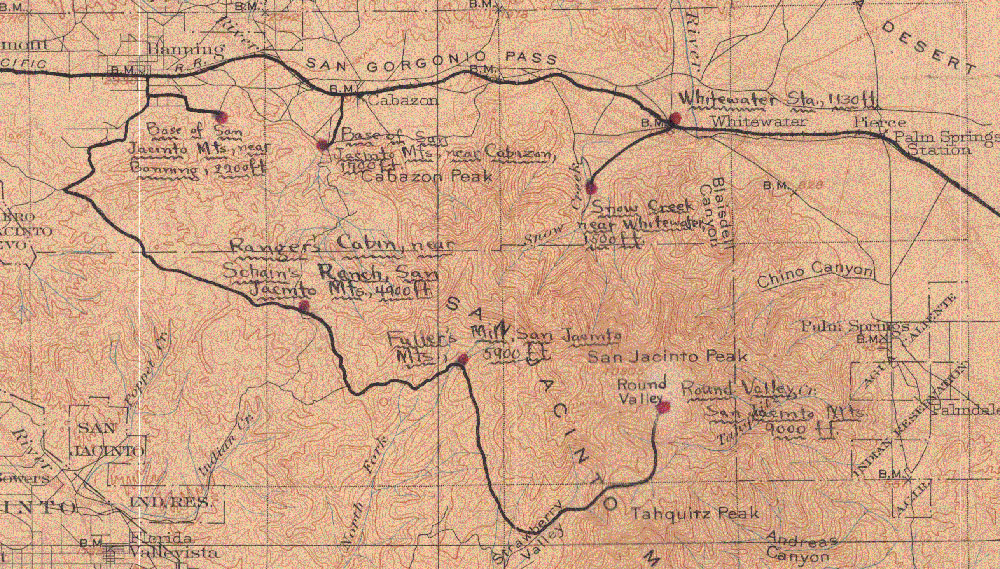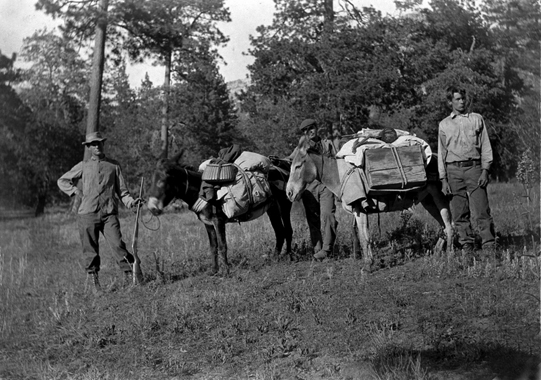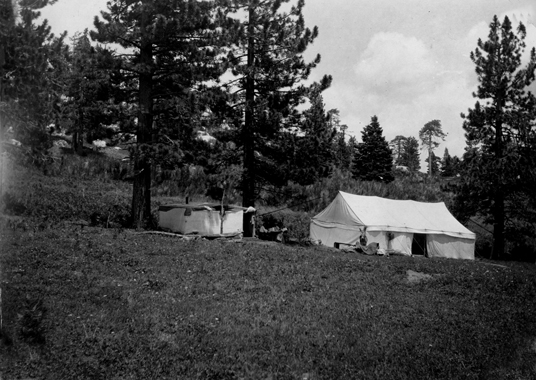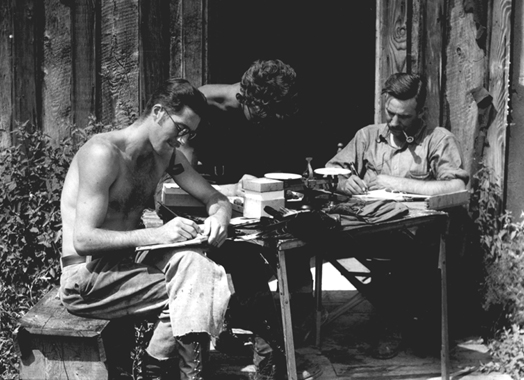What is the distribution of animals in California and how is it changing?

At the turn of the twentieth century, California was undergoing a transformation. Small towns became cities and nature became agriculture. Joseph Grinnell, the founding director of the Museum of Vertebrate Zoology (MVZ), recognized that the changing landscape presented an opportunity to study evolution because animals would need to adapt. As people altered the Californian habitats, animals would adapt, move, or disappear. In 1908 Grinnell targeted the San Jacinto region as an area of interest and imagined a modest trip: "I wish we could put one or two collectors down in San Gorgonio Pass this spring, to study the migration of birds and distribution of reptiles and mammals in the west arm of Salton Sink." [J. Grinnell Feb.18, 1908] By May the diverse environmental conditions inspired Grinnell to initiate an elaborate survey of the area: "I have had Taylor and Richardson move up to Whitewater and Cabazon, making there the first station in our cross-sectional survey of San Jacinto Peak. There was a heavy snowfall there Saturday, and the boys write that they are freezing!"[J.G. May 5, 1908] Grinnell’s foresight to carefully document the Californian vertebrate animals and their environments laid the foundation for current research that involves resurveying areas to assess patterns of change. The San Jacinto region was resurveyed in July 2010 by a team from the San Diego Natural History Museum.
Who went into the field?

During the summer of 1908 a total of 10 people were hired by Grinnell to collect specimens in the San Jacinto region. "I believe the University of California Museum of Vertebrate Zoology will have more active field work going on this summer than any other Institution outside of the B.S. [Biological Survey]." [JG to AMA 4 April 1908] The diverse group included Grinnell’s brother Fordyce, Charles Camp, who was just fifteen years old and would later study with Grinnell for his PhD and become the director of Berkeley’s Museum of Paleontology, and Harry Swarth, “conscientious and industrious to a fault,” who was recruited from the Field Museum in Chicago and hired as Assistant Curator of Mammals in the MVZ. Together, they collected 5981 vertebrates, the largest number from any single MVZ expedition.
What tools and technologies were needed in the field?

A detailed list of field equipment was developed; it included everything from tents, stoves, food, and cooking equipment to traps, ammunition, specimen preparation tools, photographic materials, buckets, shovels, and recording materials. Individuals brought their own bed, clothes, gun, and shaving gear. Specimens were carefully packed, boxed, and shipped back to the museum as they accumulated. 42 photographs made from glass negatives were catalogued from this trip.
How did the workers collect data?

Along with collecting specimens and taking photographs, field workers also recorded detailed observations about the flora and fauna in notebooks. In fact, Grinnell suspected that "Our field records will be perhaps the most valuable of all our results." [JG Feb 18, 1908] Although not every member of the San Jacinto expedition took notes, there were 865 pages of field notes that included detailed descriptions of the animals, their behavior and abundance, the vegetation, weather, and landforms.
